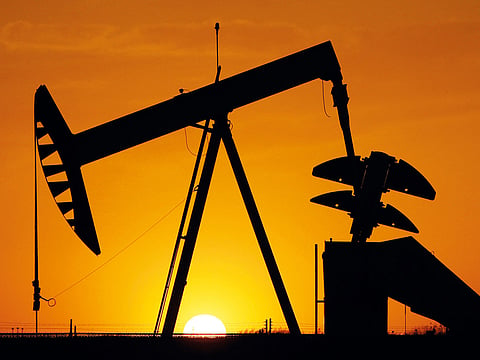Global economy tries out several cures
It can only hope some of the actions taken will contain worst outcomes from virus spread

Not a day goes by that an emergency measure is announced by an airline, cruise line company, or government linked to the coronavirus. The number of people killed easily surpassed, at a rapid pace, the death toll from the SARS outbreak back in 2003.
China’s President Xi Jinping told President Donald Trump in a phone call that the Wuhan coronavirus control and prevention efforts are at “a critical stage”.
I have been in the journalism business long enough to cover the economic impact of most deadly viruses over the past 20 years. But two crucial elements have changed: 2020 is far different from the turn of the century with the world more globalized than ever. But investors are growing more and more immune to global economic shocks, believing that the US Federal Reserve, the Bank of China and other central bankers can always serve as a buffer to investors.
Acted with alacrity
China’s central bank moved swiftly to buffer economic shocks emanating from Wuhan and the broader industrial belt of Hubei province, with a $173 billion stimulus plan and expectations that Beijing would cut interest rates if needed on February 20. When the SARS crisis hit 17 years ago, China was growing nearly 10 per cent a year.
It did fall by two percentage points, but from a very lofty level.
Similar predictions are being made today – that the economic slowdown will not spill into the second quarter in a dramatic way. But the coronavirus is striking when China is economically at its weakest in nearly three decades. Most economists projected growth of just over 6 per cent this year, unclear how the trade dispute between the US and China will play itself out.
President Xi Jinping announced plans to cut tariffs on half of the $75 billion of US imports from mid-February, which helped lift a cloud of uncertainty. However, in a lower growth scenario the pledge to move forward with billions of dollars of oil, gas and agricultural orders from the US, to appease Trump, seems less likely than ever.
No overwhelming others in its path
Today, China’s gross domestic product stands at nearly $14 trillion a far cry from $1.6 trillion during the SARS crisis. The widely held belief back then was that China would overwhelm Far East and Southeast Asian countries with its low-cost manufacturing and sheer scale of its population.
The opposite has played out. China is the elephant economy of Asia – it is bigger than the next seven Asian economies combined from Japan to Thailand and beyond – but the beast needs to be fed and as a result those economies are more tightly linked than ever.
In business parlance, global companies – Apple, Boeing, Disney, fashion houses and scores of others – are putting out warnings about future earnings being hit due to the interconnected realities of 21st century global supply chains. It was a monumental move when China finally joined the World Trade Organization in 2001 after years of negotiations - but free trade does not come without hitches when those supply chains do get disrupted from unexpected shocks.
The energy test
So far, the best barometer of the economic challenges facing China today is in the energy market. The country, after the decade long US shale boom, is the number one importer in the world. Demand before the shock was 14 million barrels a day, with imports making up 10 million of that total amount.
A regional chief executive of a global commodity trading house confirmed to me on background that demand has plummeted by 3 million barrels a day and that other data touch points don’t look promising – internal bus traffic is down 87 percent, internal flight traffic cut nearly in half.
It is very difficult to grow without workers on factory lines and citizens unclear when quarantines will be lifted. It is also a very bad sign that Beijing is allowing some of its state-owned energy companies to proceed with force majeure on gas contracts.
The 23 members of the OPEC+ agreement are contemplating an additional cut of supplies of 600,000 barrels to add to the 1.7 million agreed by all members back in early December. With US output surging past 13 million barrels a day this quarter, Russia’s producers are expressing doubts about the need for OPEC+ to accommodate more shale on the market.
Beyond the tragedy and challenge of the deadly virus itself, it is difficult for global business leaders and policymakers to make decisions today not knowing when a medical solution can be found.
- John Defterios is Emerging Markets Editor at CNN.
Sign up for the Daily Briefing
Get the latest news and updates straight to your inbox







